Cells Of Immune System
Jun 04, 2019 • 190 views
Our immune system has evolved to protect the multicellular organism from the pathogens.
Lymphocytes bearing antigens receptors are the central cells of adaptive immunity and is responsible for its signature properties of diversity, specificity and memory.
Types of white blood cells also play essential roles in the adaptive immunity,presenting antigens, secreting cytokines and engulfing and destroying microorganism.
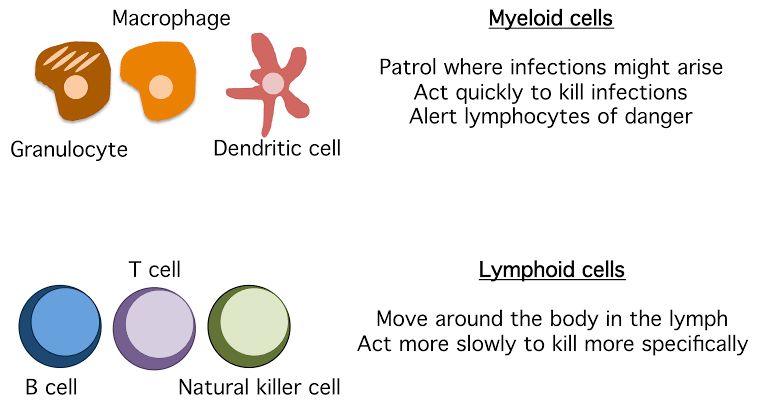
Lymphoid cells
Lymphocytes constitute 20-30 percent of the body's white blood cells and 99 percent of the cells in the lymph.They circulate continuously in the blood and lymph and are capable of migrating into the tissue spaces and lymphoid organs,serving thereby as a bridge between the parts of the immune system.
The lymphocytes can be divided into three major populations:
B cells
T cells
Natural killer cells
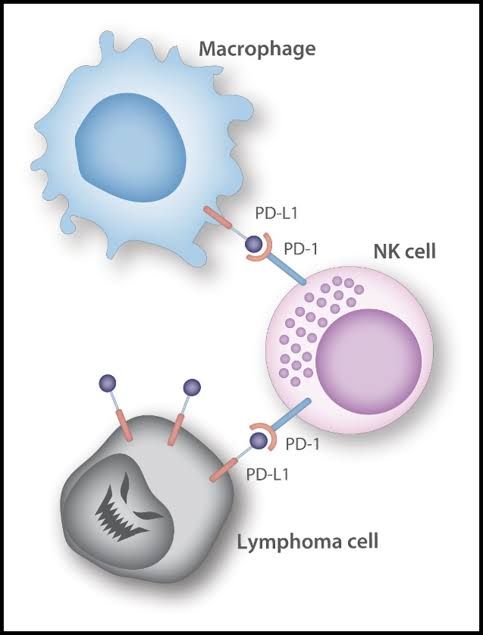
B cells and T cells each bear their own distinctive family of antigen receptors.
Natural killer cells are large, granular lymphocytes that are part of innate immune system and did not express the set of surface markers that characterize B and T cells.
B and T cells that have not interacted with antigen is referred to as naive or unprimed cells which are small, motile, non phagocytic cells that cannot be distinguished from each other morphologically.
In the inactivated state, they remain in the G0 phase of the cell cycle.The naive lymphocytes is generally thought of have shorter life span. As the cell cycle proceeds,lymphocytes enlarge into 15 micrometer diameter cells called lymphoblasts which eventually differentiate into effector cells or into memory cells.
Mononuclear phagocytes
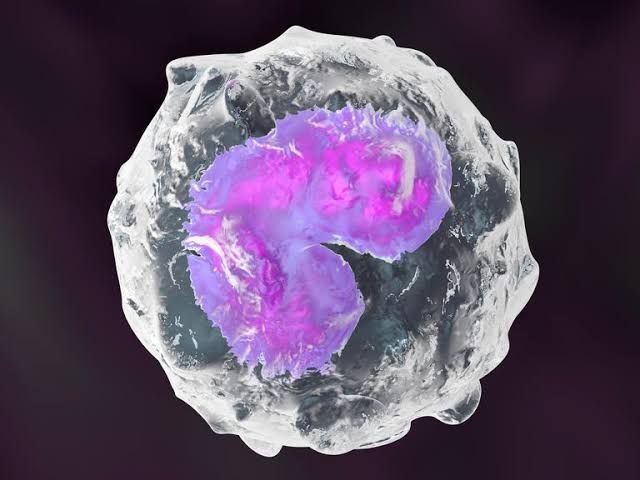
It consist of monocytes circulating in the blood and macrophages in the tissues.Their progenitor cell is granulocyte-monocyte cells which differentiate into promonocytes,which leave the bone marrow and enter the blood. They differentiate into specific tissue macrophages and shows phagocytic ability.
Neutrophils

They are produced in bone marrow with a lifespan of few days. They have multilobed nucleus and a granulated cytoplasm that stains with both acid and basic dyes.Often called as polymorphonuclear cells. They are phagocytes. The larger denser primary granules contains hydrolytic enzymes and secondary granules contains collagenase, lactoferrin and lysozymes.
Eosinophils
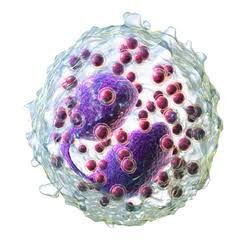
They have bilobed nucleus and granulated cytoplasm that stains with acid dye eosin red. They are motile and phagocytic cells. They play a role in defense against parasitic organisms by secreting the contents of eosinophilic granules which may damage the parasite membrane.
Basophils
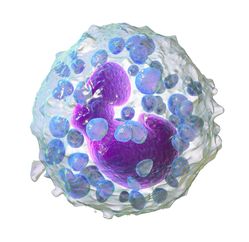
Basophils has a lobed nucleus and heavily granulated cytoplasm that stains with basic dye methylene blue.They are non phagocytic granulocytes that arise by haematopoiesis and function by releasing pharmacologically active substances from their cytoplasmic granules these substances play a major role in certain allergic response cells.
Mast cells
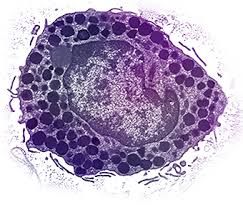
Mast cell precursors, which are formed in the bone marrow by haematopoiesis, are released into the blood as undifferentiated cells they do not differentiate until the leave the blood and enter the tissues. Like circulating basophils these cells have large numbers of cytoplasmic granules that contain histamine and other pharmacologically active substances that play an important role in the development of allergies.
Dendritic cells
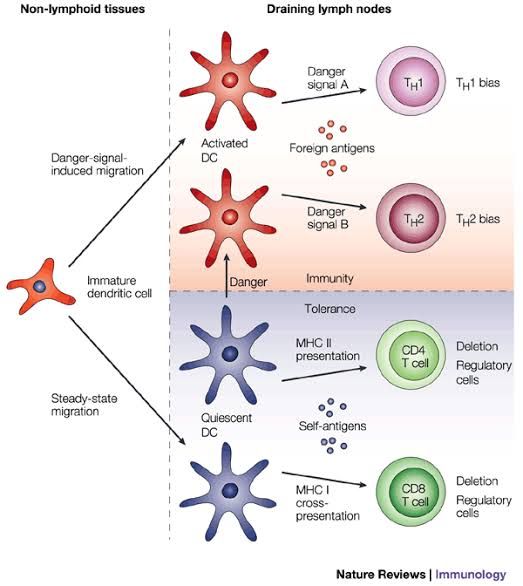
They were identified in 1868 by paul langerhansduring a close anatomical study of skin. They acquired its name because it is covered with long membranous extensions that resemble the dendritesof Nerve cells. There are many types of dendritic cells and at least four major categories are recognised: langerhans DCs, interstitial DCs, monocyte derived DCs and plasmacytoid derived DCs each arises from hematopoietic stem cells via different Pathways and in different locations. They perform the distinct functions of antigen capture in one location and antigen presentation in another.they take the cargo of antigens in three ways, they engulf it by phagocytosis, internalized by receptor mediated endocytosis and imbibe it by pinocytosis.
